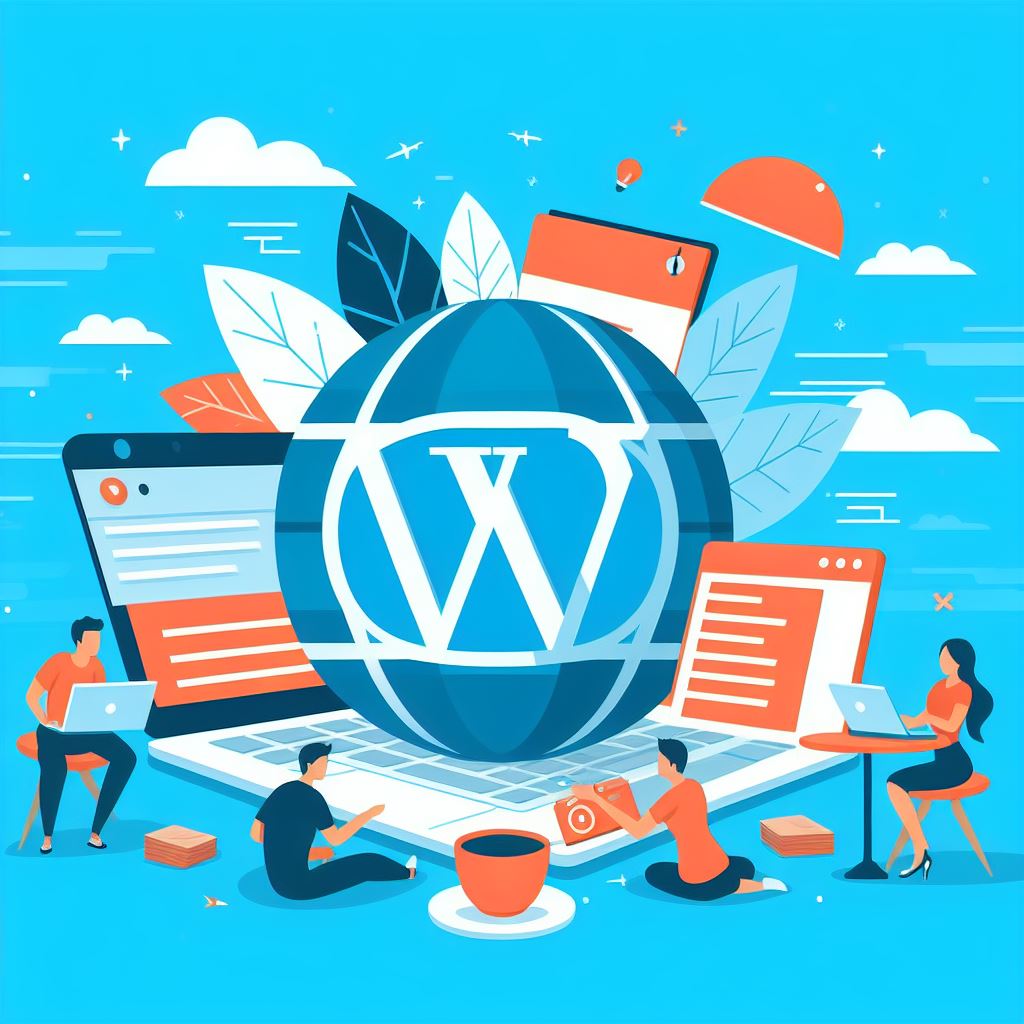Migrating a WordPress website can be a daunting task, but with the right guidance, it becomes a seamless process. Whether you’re moving to a new hosting provider, upgrading your server, or simply changing your domain, the process of WordPress migration remains fairly consistent. In this guide, we’ll walk you through the essential steps to ensure a smooth WordPress migration.
1. Understanding the Need to Migrate WordPress
Before diving into the technical aspects, it’s crucial to understand why you might need to migrate your WordPress site. Common reasons include changing your hosting provider, upgrading your server for better performance, or rebranding with a new domain name. Having a clear understanding of your motivation will help you make informed decisions throughout the migration process.
2. Backup Your WordPress Site
One of the golden rules of WordPress migration is to always back up your site before making any changes. This ensures that you have a copy of your website’s files and database, providing a safety net in case anything goes wrong during the migration process. Utilize reliable backup plugins like UpdraftPlus or BackupBuddy to create a complete backup of your WordPress site.
3. Choose the Right Migration Method
There are multiple methods to migrate a WordPress site, and choosing the right one depends on your specific needs. The most common methods include manual migration, using a plugin, or employing a specialized migration service. Each method has its pros and cons, so consider factors such as your technical expertise, the size of your website, and the level of control you desire over the migration process.
4. WordPress Migrate with Plugins
For those looking for a user-friendly solution, utilizing migration plugins is often the most convenient method. Popular plugins like Duplicator, All-in-One WP Migration, and Migrate Guru simplify the migration process by providing step-by-step guidance. Install the plugin on your existing site, create a backup, and follow the prompts to migrate your WordPress site to the new location.
5. Manual WordPress Migration Steps
If you prefer a hands-on approach and have a good understanding of WordPress files and databases, manual migration might be the right choice. This involves moving your files via FTP, exporting and importing your database, and updating your configuration files. While this method offers more control, it requires a higher level of technical expertise.
6. Update Your Domain Settings
If you’re changing your domain during the migration, updating your domain settings is crucial. After migrating your WordPress site, log in to your domain registrar’s account and update the DNS settings to point to your new hosting provider. Keep in mind that DNS changes may take some time to propagate, so be patient as the updates take effect.
7. Test Your Migrated WordPress Site
Before announcing your migration to the world, it’s essential to thoroughly test your website on the new server. Check for broken links, missing images, and ensure that all functionalities are working correctly. Testing allows you to identify and address any issues before your audience encounters them.
8. Fixing Common WordPress Migration Issues
Despite careful planning, issues may arise during the migration process. Common problems include broken permalinks, missing images, and database connection errors. Knowing how to troubleshoot these issues will save you time and frustration. Refer to online resources, forums, or seek assistance from your hosting provider to resolve any migration-related issues.
9. Monitor Website Performance After Migration
After successfully migrating your WordPress site, keep a close eye on its performance. Monitor website speed, server response times, and overall functionality to ensure everything is running smoothly. Address any performance issues promptly to provide a seamless experience for your visitors.
10. Update Your WordPress Configuration
Once your website is live on the new server, update your WordPress configuration settings to reflect the changes. This includes verifying the site URL, adjusting the permalink structure, and updating any hardcoded links within your content. This step ensures that your WordPress site is fully optimized for its new environment.
Conclusion
In conclusion, migrating a WordPress site is a manageable process with the right preparation and guidance. Understanding the reasons behind the migration, choosing the appropriate method, and following a systematic approach are key elements for a successful transition. Whether you opt for a plugin-based solution or prefer a manual approach, careful planning and testing will help you navigate the WordPress migration process with confidence. Keep this guide handy, and you’ll be well-equipped to migrate your WordPress site whenever the need arises.



